(4-METHYL-NAPHTHALEN-1-YLMETHYL)-HYDRAZINE
Modify Date: 2025-08-25 11:42:19
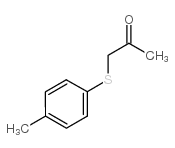
(4-METHYL-NAPHTHALEN-1-YLMETHYL)-HYDRAZINE structure
|
Common Name | (4-METHYL-NAPHTHALEN-1-YLMETHYL)-HYDRAZINE | ||
|---|---|---|---|---|
| CAS Number | 1200-13-1 | Molecular Weight | 180.26700 | |
| Density | 1.08g/cm3 | Boiling Point | 96ºC (0.1 torr) | |
| Molecular Formula | C10H12OS | Melting Point | 96-98ºC | |
| MSDS | N/A | Flash Point | N/A | |
| Name | (4-methylphenylthio)acetone |
|---|---|
| Synonym | More Synonyms |
| Density | 1.08g/cm3 |
|---|---|
| Boiling Point | 96ºC (0.1 torr) |
| Melting Point | 96-98ºC |
| Molecular Formula | C10H12OS |
| Molecular Weight | 180.26700 |
| Exact Mass | 180.06100 |
| PSA | 42.37000 |
| LogP | 2.67610 |
| Vapour Pressure | 0.0081mmHg at 25°C |
| Index of Refraction | 1.562 |
| InChIKey | CYDGCRNQPJVYSN-UHFFFAOYSA-N |
| SMILES | CC(=O)CSc1ccc(C)cc1 |
Synonym: Section 2 - COMPOSITION, INFORMATION ON INGREDIENTS
Risk Phrases: None Listed. Section 3 - HAZARDS IDENTIFICATION EMERGENCY OVERVIEW
Not available. Potential Health Effects Eye: May cause eye irritation. Skin: May cause skin irritation. May be harmful if absorbed through the skin. Ingestion: May cause irritation of the digestive tract. May be harmful if swallowed. Inhalation: May cause respiratory tract irritation. May be harmful if inhaled. Chronic: Not available. Section 4 - FIRST AID MEASURES Eyes: Flush eyes with plenty of water for at least 15 minutes, occasionally lifting the upper and lower eyelids. Get medical aid. Skin: Get medical aid. Flush skin with plenty of water for at least 15 minutes while removing contaminated clothing and shoes. Ingestion: Get medical aid. Wash mouth out with water. Inhalation: Remove from exposure and move to fresh air immediately. Notes to Physician: Treat symptomatically and supportively. Section 5 - FIRE FIGHTING MEASURES General Information: As in any fire, wear a self-contained breathing apparatus in pressure-demand, MSHA/NIOSH (approved or equivalent), and full protective gear. Extinguishing Media: Use water spray, dry chemical, carbon dioxide, or chemical foam. Section 6 - ACCIDENTAL RELEASE MEASURES General Information: Use proper personal protective equipment as indicated in Section 8. Spills/Leaks: Absorb spill with inert material (e.g. vermiculite, sand or earth), then place in suitable container. Section 7 - HANDLING and STORAGE Handling: Avoid breathing dust, vapor, mist, or gas. Avoid contact with skin and eyes. Storage: Store in a cool, dry place. Store in a tightly closed container. Section 8 - EXPOSURE CONTROLS, PERSONAL PROTECTION Engineering Controls: Use adequate ventilation to keep airborne concentrations low. Exposure Limits CAS# 1200-13-1: Personal Protective Equipment Eyes: Not available. Skin: Wear appropriate protective gloves to prevent skin exposure. Clothing: Wear appropriate protective clothing to prevent skin exposure. Respirators: Follow the OSHA respirator regulations found in 29 CFR 1910.134 or European Standard EN 149. Use a NIOSH/MSHA or European Standard EN 149 approved respirator if exposure limits are exceeded or if irritation or other symptoms are experienced. Section 9 - PHYSICAL AND CHEMICAL PROPERTIES Physical State: Liquid Color: colorless Odor: Not available. pH: Not available. Vapor Pressure: Not available. Viscosity: Not available. Boiling Point: Not available. Freezing/Melting Point: 96 - 98 deg C Autoignition Temperature: Not available. Flash Point: Not available. Explosion Limits, lower: Not available. Explosion Limits, upper: Not available. Decomposition Temperature: Solubility in water: Specific Gravity/Density: Molecular Formula: C10H12OS Molecular Weight: 180 Section 10 - STABILITY AND REACTIVITY Chemical Stability: Not available. Conditions to Avoid: Incompatible materials. Incompatibilities with Other Materials: Oxidizing agents, reducing agents. Hazardous Decomposition Products: Carbon monoxide, oxides of sulfur, carbon dioxide. Hazardous Polymerization: Has not been reported Section 11 - TOXICOLOGICAL INFORMATION RTECS#: CAS# 1200-13-1 unlisted. LD50/LC50: Not available. Carcinogenicity: 1-[(4-Methylphenyl)thio]acetone - Not listed by ACGIH, IARC, or NTP. Section 12 - ECOLOGICAL INFORMATION Section 13 - DISPOSAL CONSIDERATIONS Dispose of in a manner consistent with federal, state, and local regulations. Section 14 - TRANSPORT INFORMATION IATA No information available. IMO No information available. RID/ADR No information available. Section 15 - REGULATORY INFORMATION European/International Regulations European Labeling in Accordance with EC Directives Hazard Symbols: Not available. Risk Phrases: Safety Phrases: S 24/25 Avoid contact with skin and eyes. WGK (Water Danger/Protection) CAS# 1200-13-1: No information available. Canada None of the chemicals in this product are listed on the DSL/NDSL list. CAS# 1200-13-1 is not listed on Canada's Ingredient Disclosure List. US FEDERAL TSCA CAS# 1200-13-1 is not listed on the TSCA inventory. It is for research and development use only. SECTION 16 - ADDITIONAL INFORMATION N/A |
| Safety Phrases | S24/25 |
|---|---|
| HS Code | 2930909090 |
| Precursor 9 | |
|---|---|
| DownStream 4 | |
| HS Code | 2930909090 |
|---|---|
| Summary | 2930909090. other organo-sulphur compounds. VAT:17.0%. Tax rebate rate:13.0%. . MFN tariff:6.5%. General tariff:30.0% |
| (4-Methylphenylthio)acetone |
| MFCD00052713 |
| 1-(4-methylphenyl)sulfanylpropan-2-one |
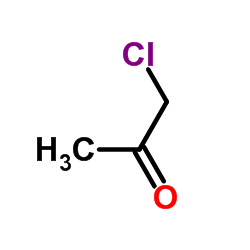 CAS#:78-95-5
CAS#:78-95-5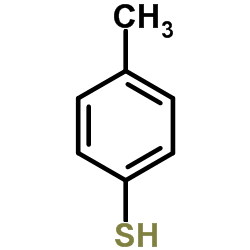 CAS#:106-45-6
CAS#:106-45-6![1-[(4-methylphenyl)sulphinyl]propan-2-one Structure](https://image.chemsrc.com/caspic/047/56742-98-4.png) CAS#:56742-98-4
CAS#:56742-98-4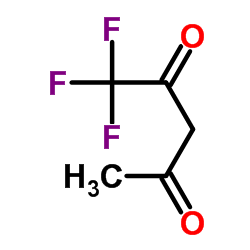 CAS#:367-57-7
CAS#:367-57-7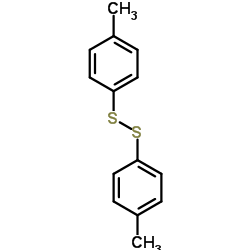 CAS#:103-19-5
CAS#:103-19-5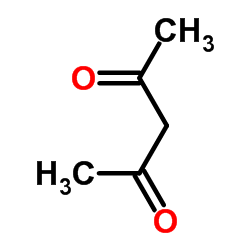 CAS#:123-54-6
CAS#:123-54-6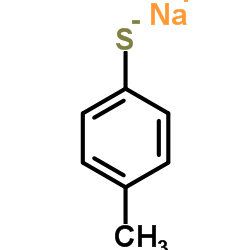 CAS#:10486-08-5
CAS#:10486-08-5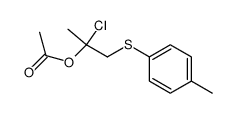 CAS#:880095-10-3
CAS#:880095-10-3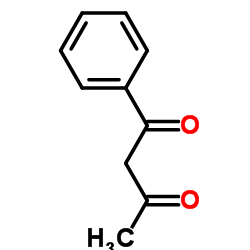 CAS#:93-91-4
CAS#:93-91-4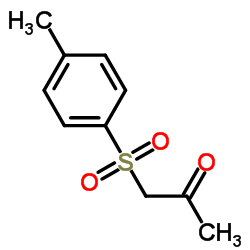 CAS#:5366-49-4
CAS#:5366-49-4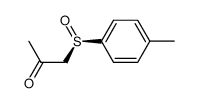 CAS#:66536-78-5
CAS#:66536-78-5 CAS#:1964-45-0
CAS#:1964-45-0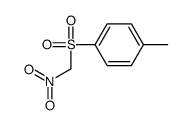 CAS#:51351-89-4
CAS#:51351-89-4